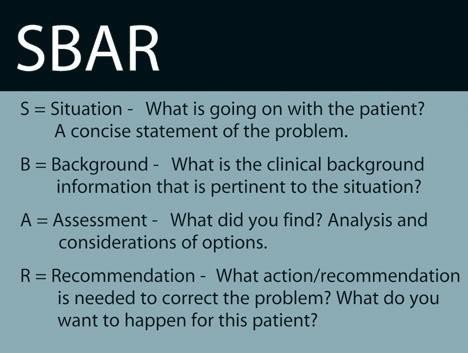The fire alarm goes off while the charge nurse is receiving the shift report. Which action should the charge nurse implement first?
Call the hospital operator to determine if this is indeed a real emergency or a fire drill.
Instruct the clients' family members to stay in the visitor waiting area until further notice.
Direct the nursing staff to evacuate the clients using the stairs in a calm and orderly manner.
Tell the staff to keep all clients and visitors in the client rooms with the doors closed.
The Correct Answer is D
Choice A Reason: This action is not a priority, as it may delay the response to a potential fire. The charge nurse should assume that the fire alarm is real and act accordingly.
Choice B Reason: This action may expose the clients' family members to smoke or fire, as the visitor waiting area may not be safe. The charge nurse should ensure that everyone is in a protected area.
Choice C Reason: This action may be dangerous, as the stairs may be filled with smoke or fire. The charge nurse should follow the hospital's fire safety protocol, which usually involves closing doors, windows, and vents to prevent the spread of fire.
Choice D Reason: This action is the most appropriate, as it follows the RACE acronym for fire safety: Rescue anyone in immediate danger, Alarm by activating the fire alarm system, Contain by closing doors and windows, and Extinguish or evacuate as directed.
Nursing Test Bank
Naxlex Comprehensive Predictor Exams
Related Questions
Correct Answer is C
Explanation
Choice A Reason: Instructing UAPs to transfer all non-ambulatory clients via wheelchairs is not a good intervention, as it may expose the clients and the UAPs to smoke and fire, and cause panic and congestion in the hallways. The charge nurse should follow the RACE protocol (Rescue, Alarm, Contain, Extinguish), which means rescuing only those clients who are in immediate danger, and containing the fire by closing doors and windows.
Choice B Reason: Instructing the nursing staff to evacuate ambulatory clients to the nearest fire exits is not a good intervention, as it may also expose the clients and the staff to smoke and fire, and interfere with the fire
department's efforts. The charge nurse should follow the RACE protocol, which means evacuating only as a last resort, and only after receiving instructions from the fire department.
Choice C Reason: Shutting all doors to client rooms and telling everyone to stay in their rooms until the fire
department arrives is the best intervention, as it follows the RACE protocol, which means containing the fire by closing doors and windows, and extinguishing it if possible with a fire extinguisher. This intervention also helps protect the clients and staff from smoke inhalation and fire spread, and allows the fire department to access and control the fire.
Choice D Reason: Announcing in a calm voice that all visitors should proceed immediately to the first floor via the service elevators is not a good intervention, as it may endanger the visitors and cause more damage. The charge nurse should follow the RACE protocol, which means alarming others by activating the fire alarm system and calling 911. The charge nurse should also instruct visitors not to use elevators during a fire, as they may malfunction or trap them inside.
Correct Answer is A
Explanation
Choice A Reason: This is the best action because it describes the current situation of the client and alerts the family to a possible change in the client's status. The nurse should provide the most relevant and urgent information first using the SBAR communication.
Choice B Reason: This is not the first action because it does not address the current situation of the client. The nurse should verify the client's healthcare power of attorney, but this is not a priority at this time.
Choice C Reason: This is not the first action because it does not explain the cause of the client's confusion. The nurse should review the client's medications and assess for any adverse effects, but this is not a priority at this time.
Choice D Reason: This is not the first action because it provides background information that is not directly related to the current situation of the client. The nurse should give a brief history of the client's admission, but this can be done later.

Whether you are a student looking to ace your exams or a practicing nurse seeking to enhance your expertise , our nursing education contents will empower you with the confidence and competence to make a difference in the lives of patients and become a respected leader in the healthcare field.
Visit Naxlex, invest in your future and unlock endless possibilities with our unparalleled nursing education contents today
Report Wrong Answer on the Current Question
Do you disagree with the answer? If yes, what is your expected answer? Explain.
Kindly be descriptive with the issue you are facing.
